About two years ago when I decided I wanted to connect with more people for my business, I upped the ante on Linkedin. But, I wasn’t sure what to do and I was worried about looking like an idiot. So I looked for people who were doing it already and had built big audiences that were turning into clients (big audiences alone isn’t enough!)
I came across a few people, Justin Welsh was one. I read plenty of his previous posts (assets), I subscribed to his weekly newsletter (asset) and I “rang his bell” on Linkedin to read his posts first in my feed (asset).
I read and then I modeled him (copied, OK, I copied his tactics, no need to reinvent what’s working!)
But I didn’t give him any money… at first!
I tried some of his suggestions, tactics and techniques that he shared freely (assets). They worked. They were comfortable. I got to “know, like and trust” what he was saying.
He shared his Linkedin Course, with loads of testimonials (assets) and an easy way to buy and access (asset).
So I bought his LinkedIn course (paid asset). I took action (not on everything, I’m not a outlier who actually finishes courses – lol!) and got results.
When, 2 years later, he launched his next course, I was first in line. I even signed up to his referral program (asset). I’ve mentioned him to you (asset).
That’s an asset stack.
Let’s not call it a funnel (the F Word), we don’t need to shove people through a funnel to force them to work with us. We just need to provide them with assets to get their attention when they have a problem we can solve, give them information & gather information to build trust, then make them an offer that feels natural and desirable. Next we impress them so they tell other people.
What does your asset stack look like?
Ciao for now!
Debbie

